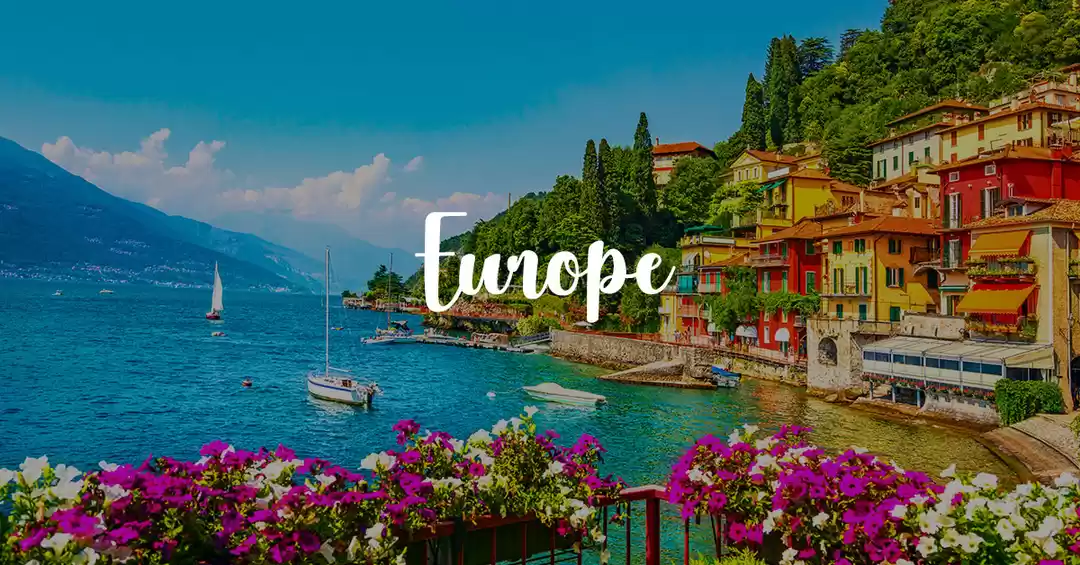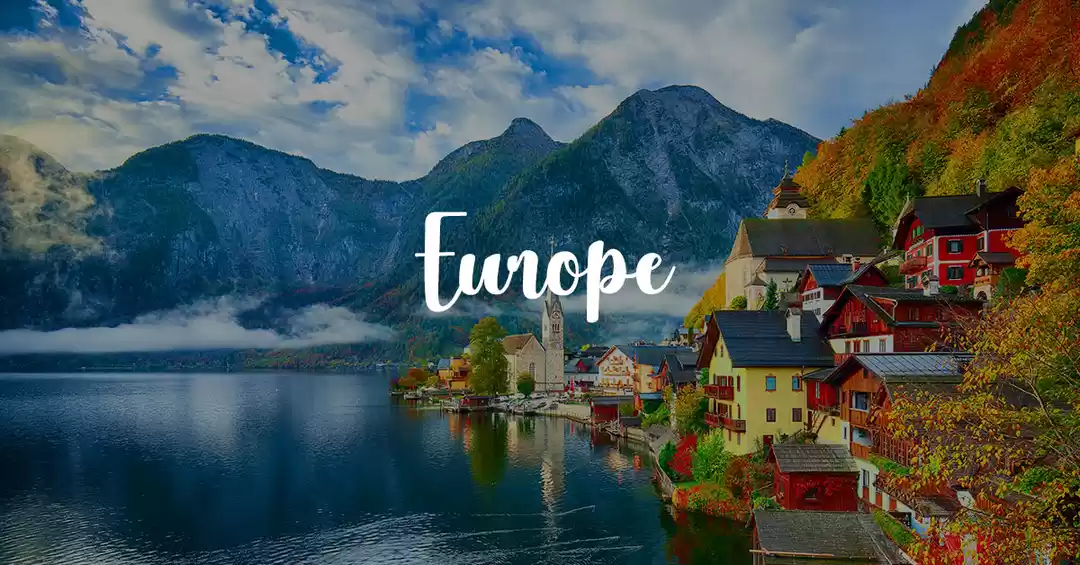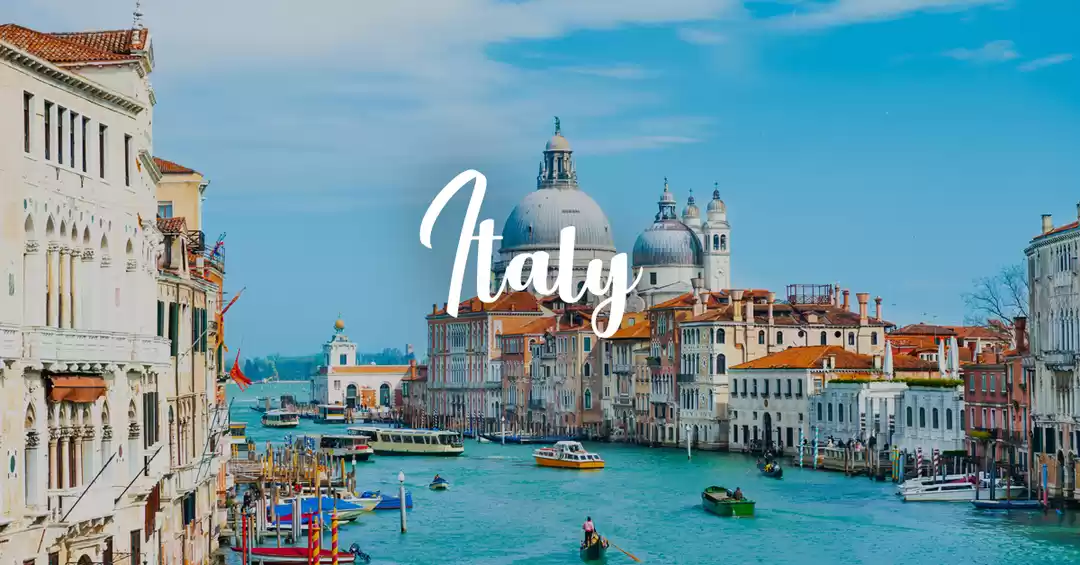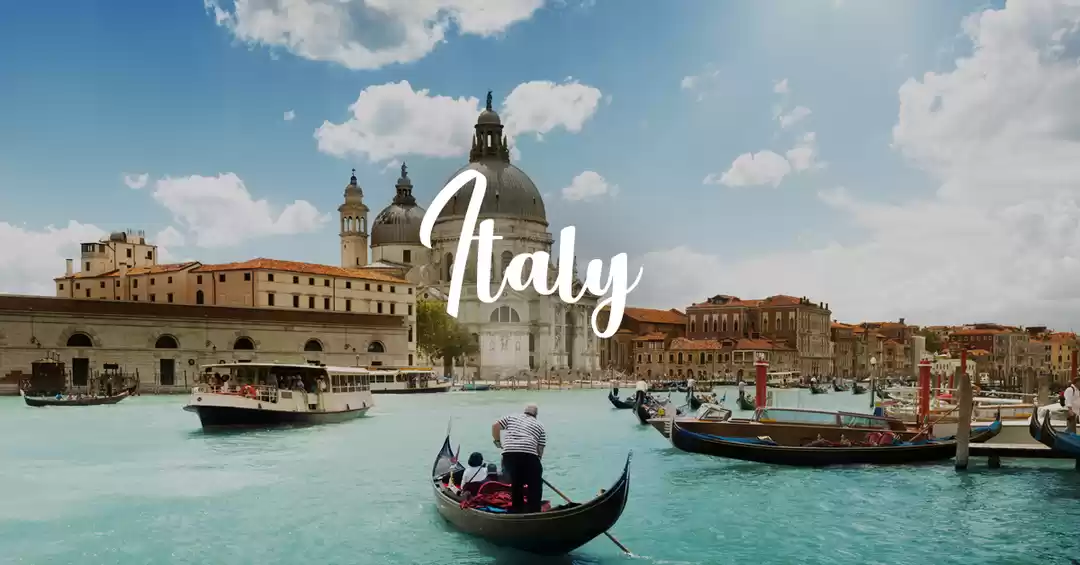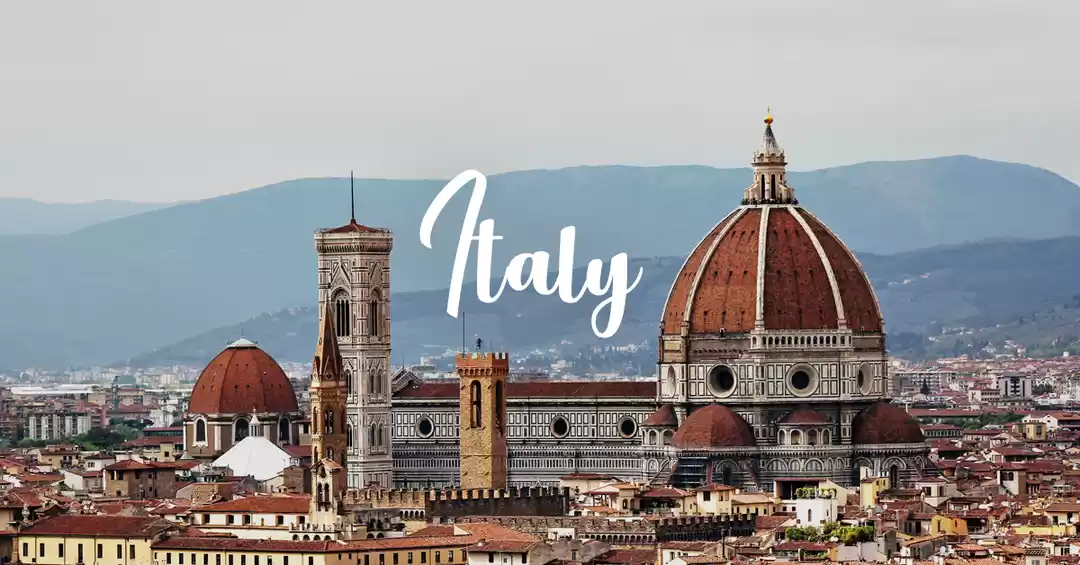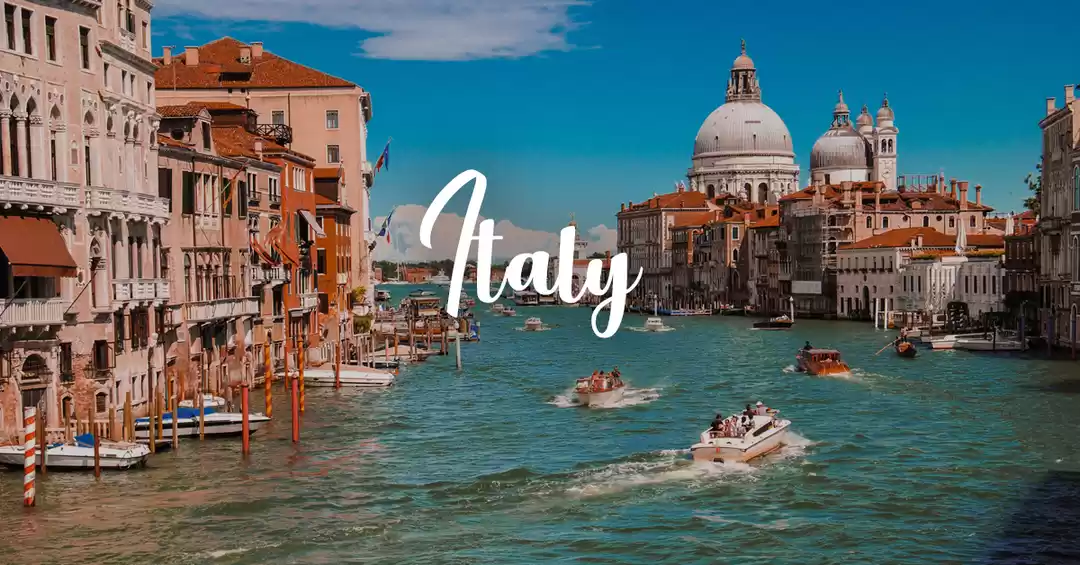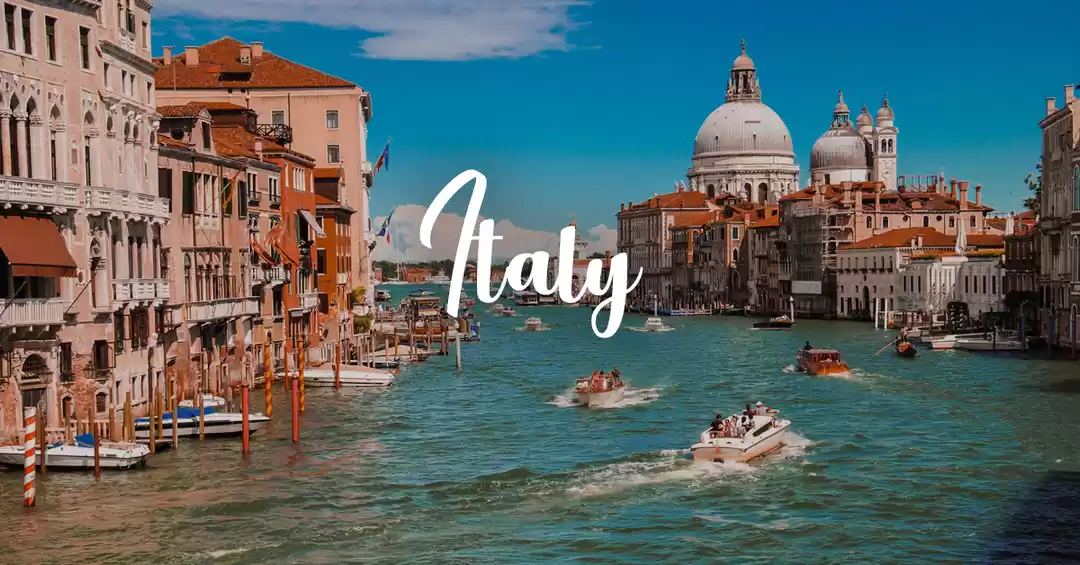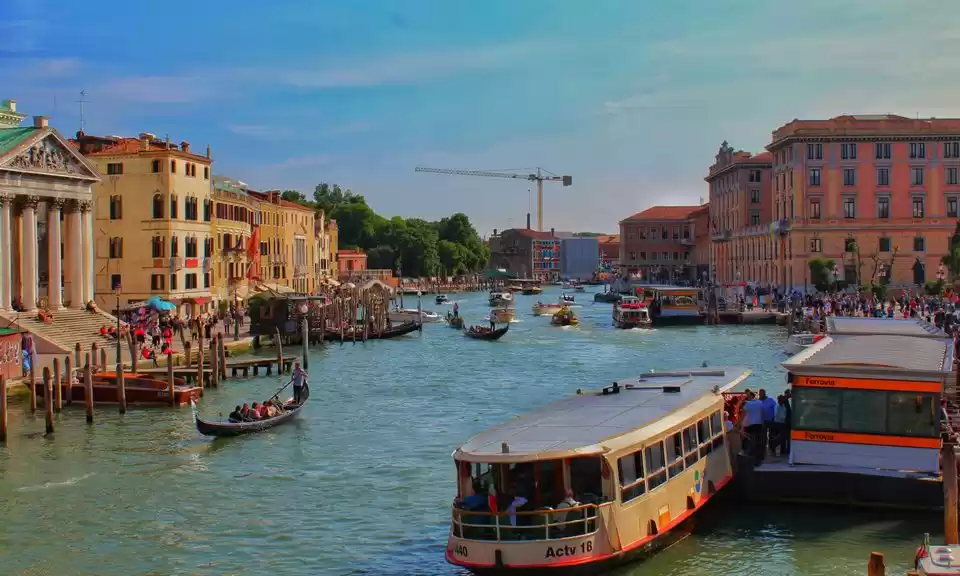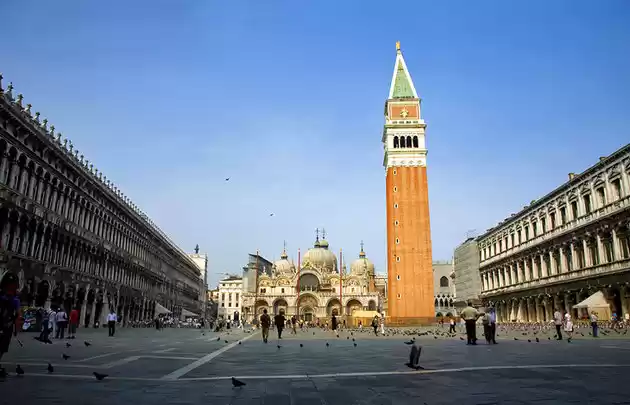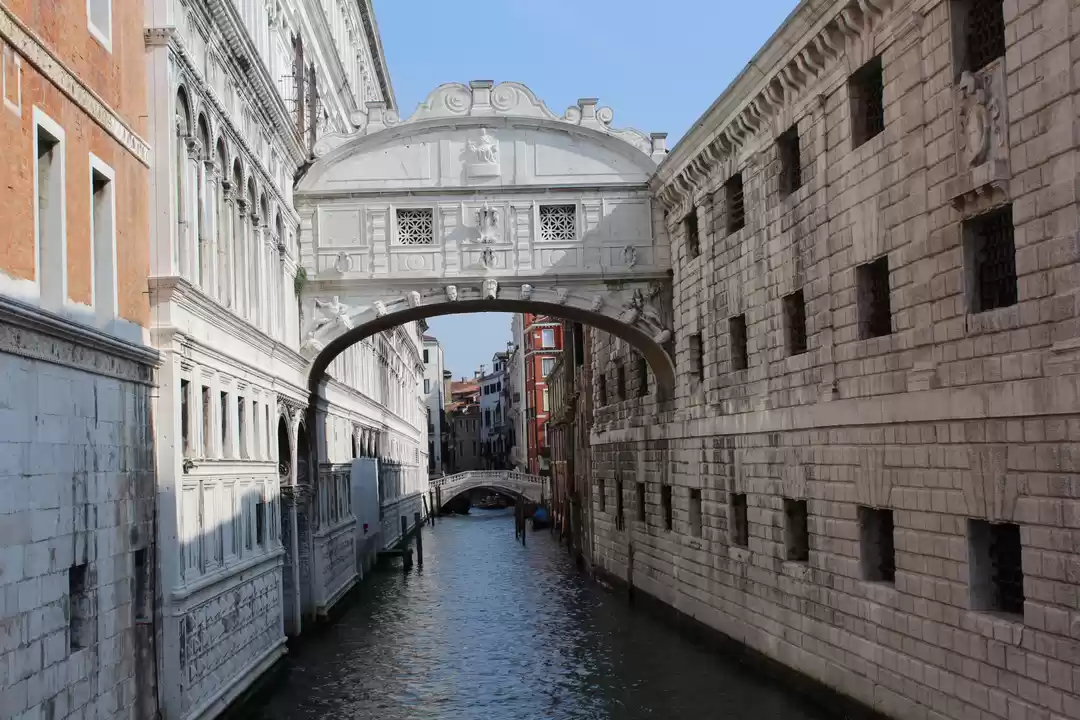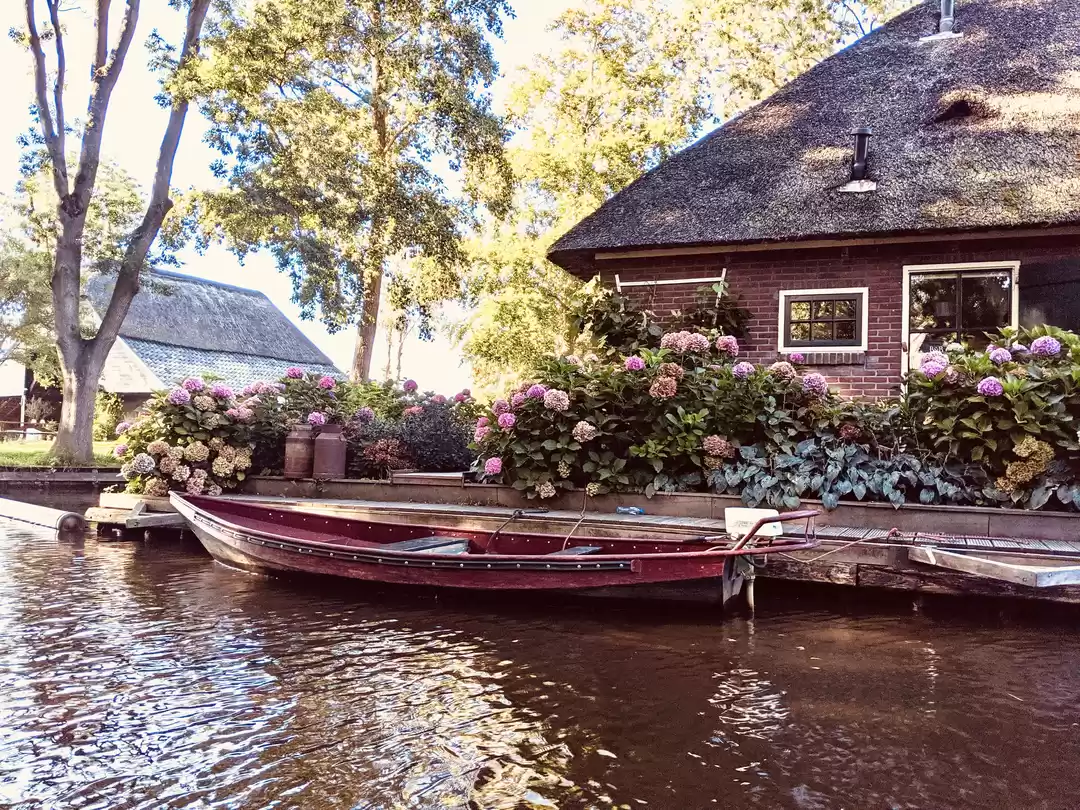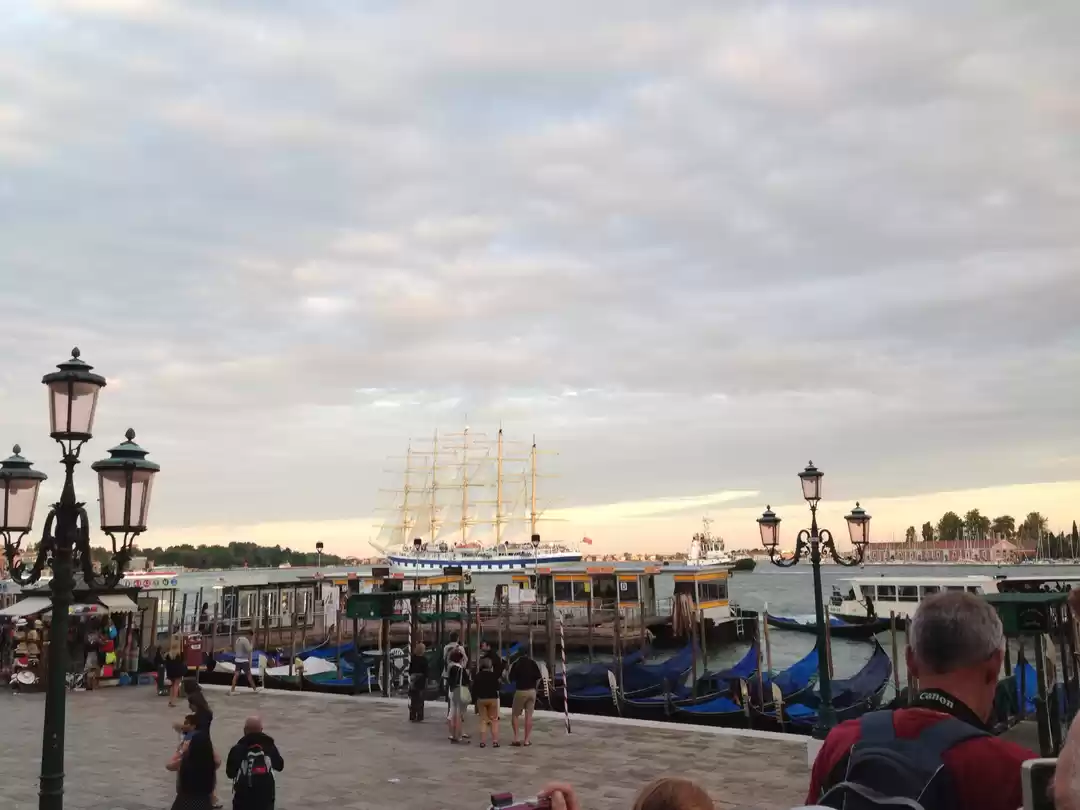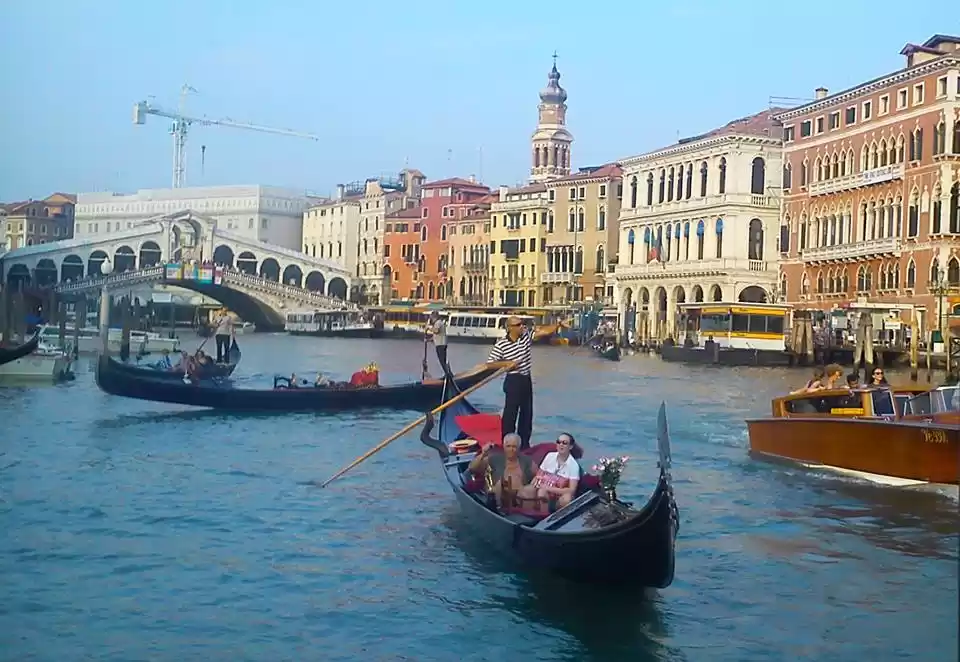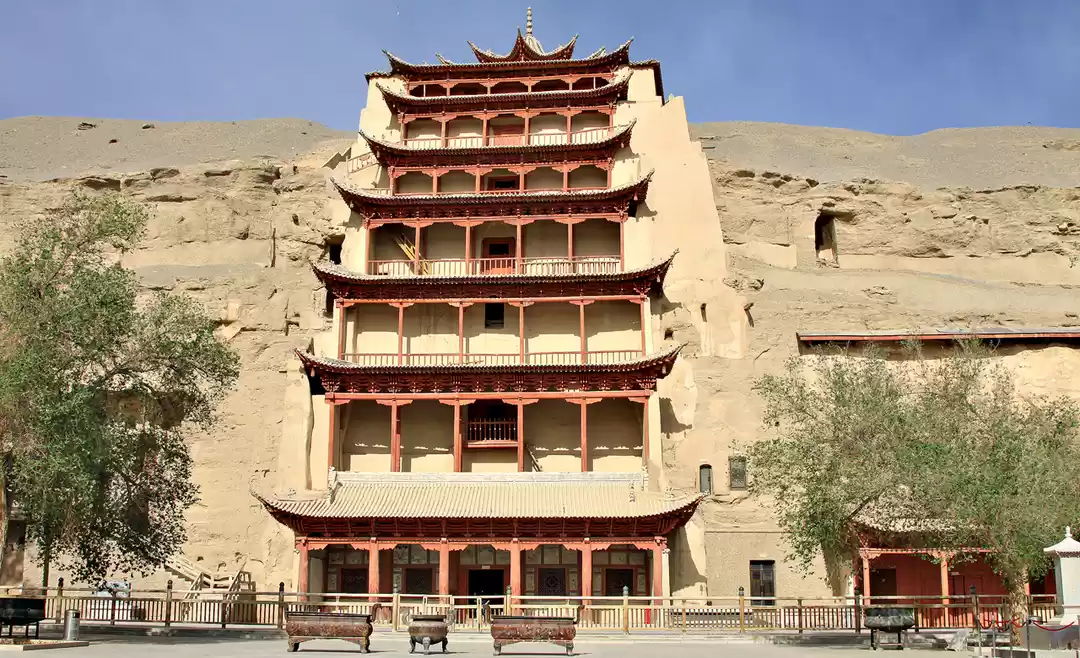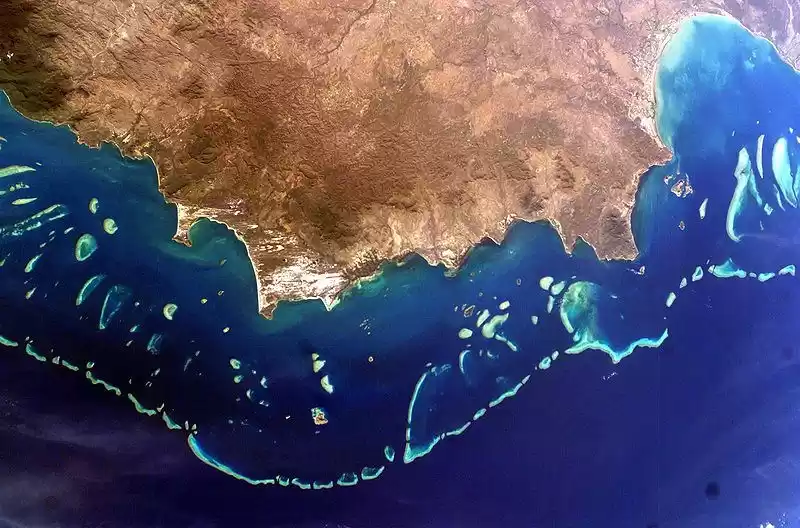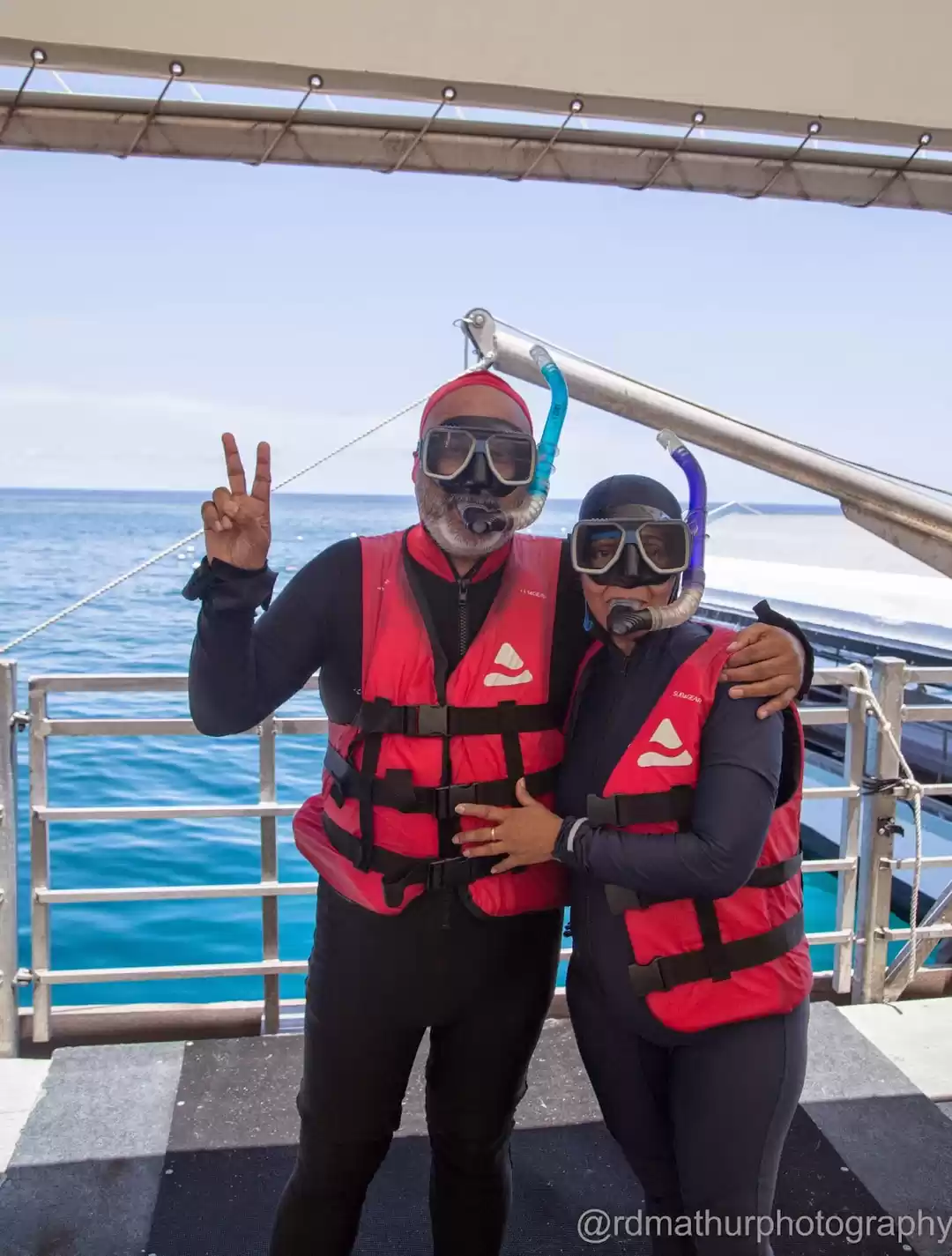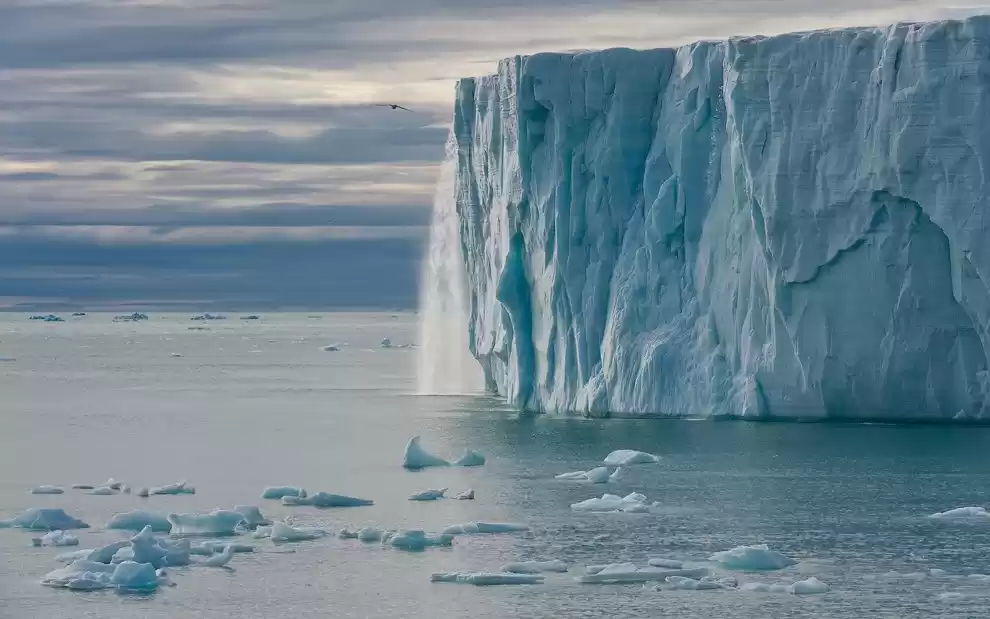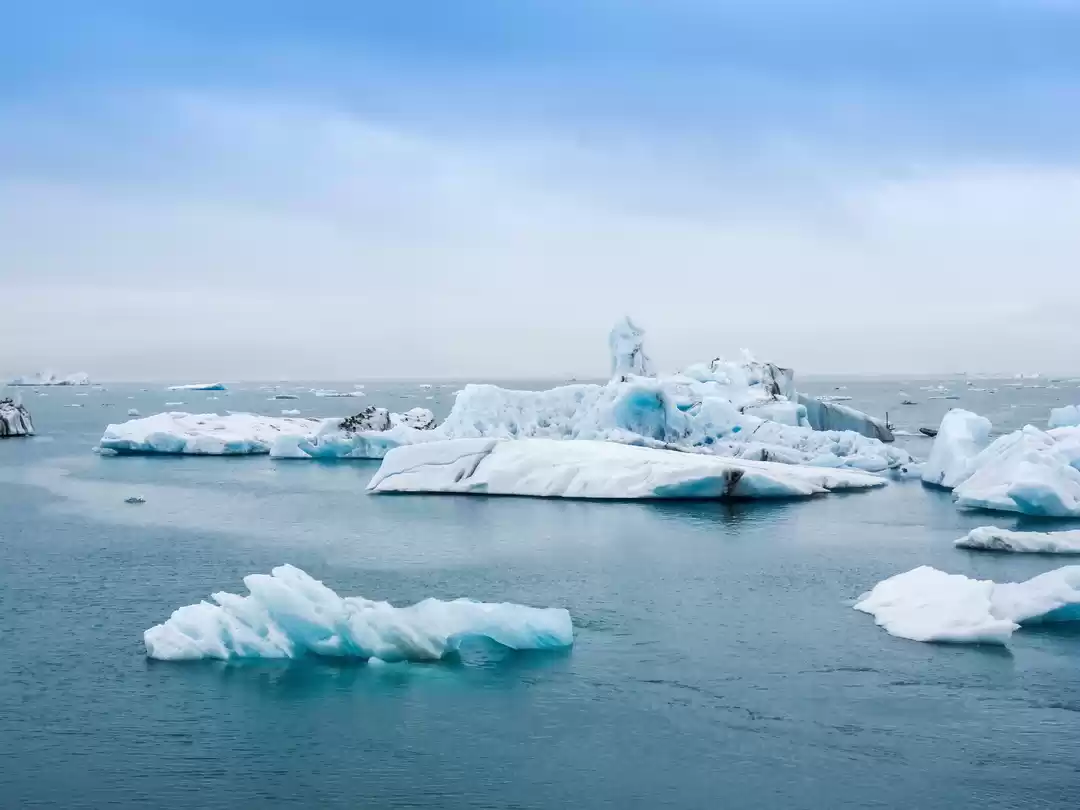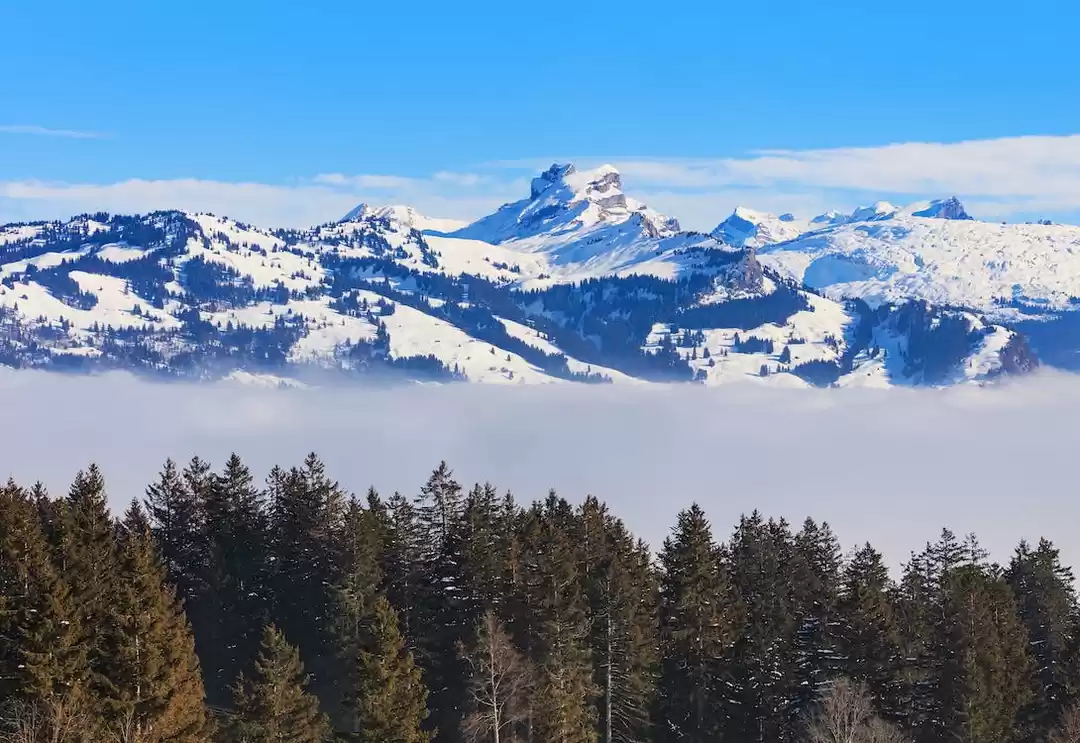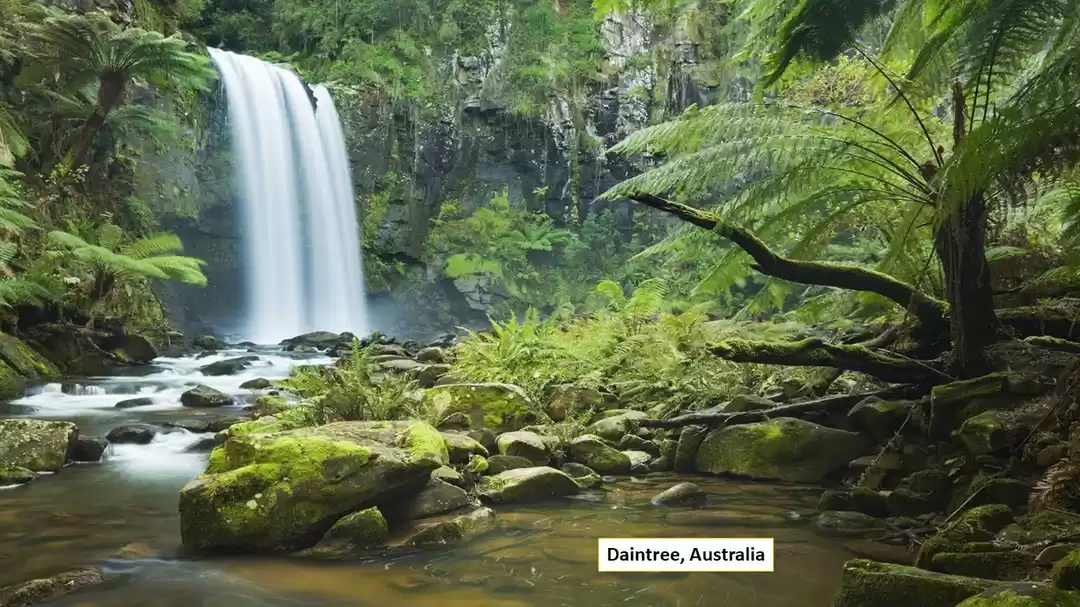
While the whole world is still trying to beat the pandemic, there's another alarming calamity that is rising - Climate Change. It's the reality that some people are still denying to accept. Affected by climate change, many of the world's major travel destinations are at risk of suffering serious consequences such as recent flooding in Germany and Turkey or Canada touching 50°C. Either you can visit them responsibly and support with your tourism money or directly support them from sitting afar by donating to organizations like Coalition for Rainforest Nations and Clean Air Task Force that are trying to protecting them. Either way, acknowledging this harsh reality is the first step in becoming the advocate for their protection.
With somewhere around 20 million people, Mumbai is the world's 8th most populated city. Do think again of traveling to Mumbai between June and September as that's when monsoon season hits and flooding becomes especially hazardous. This isn't surprising as Mumbai's average elevation above sea level is over 40 feet. As sea level continues to skyrocket due to climate change Mumbai faces even greater challenges. If preventative measures aren't taken it's believed that parts of the city could be submerged by 2050. As of now, it's those who live in poor communities by the water who have the most to worry about.

It shouldn't come as a surprise that a place with a 'glacier' in the name would be in danger of climate change. The worst-case scenario is that this national park will have to change its name due to the lack of glaciers, while we aren't quite there yet. The decrease of glaciers since the mid-19th century is the reason for alarm. By the end of the little ice age, the park had 150 known glaciers, today there are only 25 active glaciers and it's safe to say that they're shrinking rather than growing. If warming continues in this direction, some experts suspect that the park might not have any glaciers left by 2030. If this proves correct, we'd advise you to see the glaciers while you can.
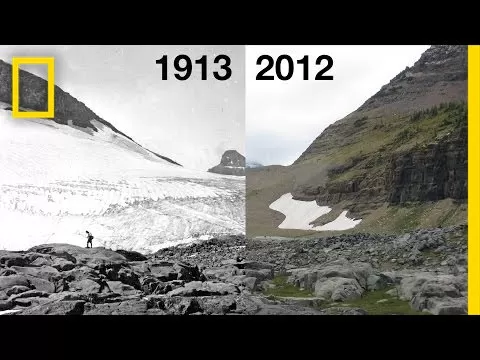
Anyone who loves wildlife and nature needs to visit Alaska at least once. You may want to go sooner rather than later however. Being the coldest state in America, tourist venture to Alaska to beat the heat. While we'd still advise packing winter clothes, Alaska has seen an average temperature increase of 2.5 degrees over the last five decades. Numerous species of trees particularly Yellow Cedar have perished since there isn't as much snow to protect their roots. For those who still don't see climate change as an issue look no further than Alaska's melting glaciers which are partly responsible for the world's overall sea-level rise. It may be synonymous with freezing weather but Alaska is reportedly warming faster than any of the other 49 US states.
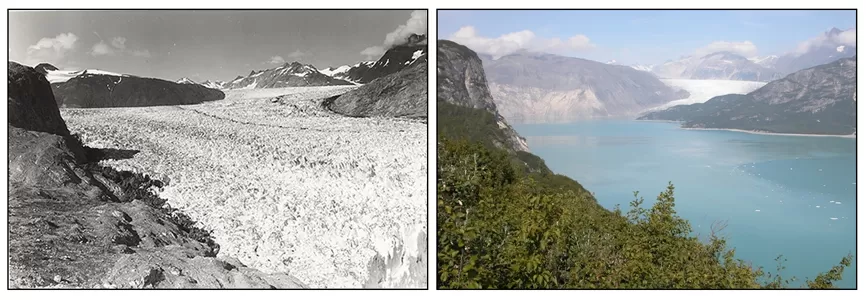
Venice owes much of its breathtaking reputation to its iconic canals with every tourist craving a Gondola ride. The city's water-based nature is a blessing and a curse however. As the 2010s drew to a close, Venice saw its waters rise 6 feet above sea level enduring its worst flood in almost 53 years. "These are the effects of climate change", Venice Mayor, Luigi Brugnaro stated adding that the costs will be high. While Venice has also been sinking, climate change has indeed contributed to flooding. While some believe that the city's electromechanical floodgates may lessen the threat of global warming, many still worry that the City of Water may one day be known as the City Underwater.

The Amazon is home to the world's largest rainforest with nearly 390 billion trees, over 30 million human residents, and animals aplenty. Even before climate change was an everyday phrase, everyone was familiar with the campaign to save the rainforest. Years later, this biodiversity haven is still under fire quite literally. In 2019, Brazil had more than 80000 fires, an increase of just under 80 percent from the previous year. Roughly half of those fires were in Brazil's portion of the rainforest. Climate change and global warming were without a doubt among the main contributing factors.

The rain forests of Brazil aren't the only parts of that country that have been heating up in the wrong way. Of all the cities in South America, climate change will likely have the worst impact on Rio, according to the Urban Climate Change Research Network. In 2011, Rio was devastated by floods and landslides, amounting to the worst natural disaster ever to plague Brazil. Temperatures and sea levels have also been rising in Rio. If a solution isn't found however, we could envision a future where it's too hot to go to the beach or the sandy beach is underwater or both.

Everglades National Park is no stranger to rising sea levels and it's been theorized that levels in the Florida Key's could rise at 15 inches by 2045. This island already has an average elevation of roughly 8 feet above sea level. Key West is among Florida's most popular destinations featuring waterfront attractions like Mallory Square, if climate change persists as it has been, people may need to start spending their vacations inland.
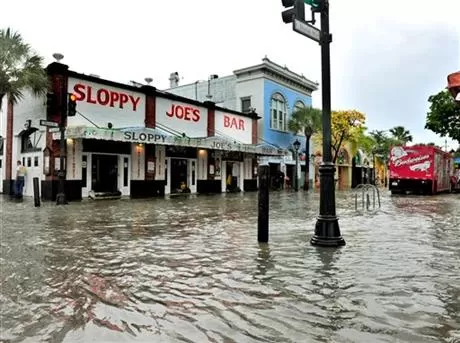
This remote island in the Pacific Ocean which is considered a part of Chile, is distinguished by the presence of Moai statues. These ancient statues are admired across the world but what many travelers fail to recognize however is the island's history of climate change. Research suggests that climate change caused droughts thus diminishing the food supply and while European contact radically hurt the indigenous population, climate change was likely taking its toll before settlers arrived. Today, Easter Island and its inhabitants are still threatened by drought, temperature changes have also been linked to the depletion of its wetlands, and rising sea levels may wash away part of the island's heritage.

Belize as a whole has been hit hard by climate change as well as natural disasters like hurricanes. While the Caribbean country has taken some action to preserve its famed barrier reef but global warming remains just one of the various threats it faces. The rise of ocean temperatures has led to coral bleaching, jeopardizing the reef and the creatures that inhabit it. From 1985 to 2014, the bleaching stress level had a score of 1.7, matters took a severe turn between 2014 and 2017 when it went up to a 3. Although the United Nations took the reef off of its Endangered World Heritage Sites List in 2018, bleaching remains a serious problem and if it persists the future may be bleak for Belize's main tourist attraction.

With the 2019-2020 bushfire season, Australia became one of the main talking points in the climate change discussion. The Great Barrier Reef is the world's ultimate destination for scuba diving, snorkeling, and getting up close with marine life but for how long. Experts agree that climate change is the reef's most formidable threat, like the Belize Barrier Reef climate change has also triggered a radical uptick in coral bleaching here. The reef has experienced several marine heatwaves over the past couple of decades. In 2020, it was reported that over 50 percent of the reef's coral has been lost since 1995. Even the world's largest coral reef system has its limits.




